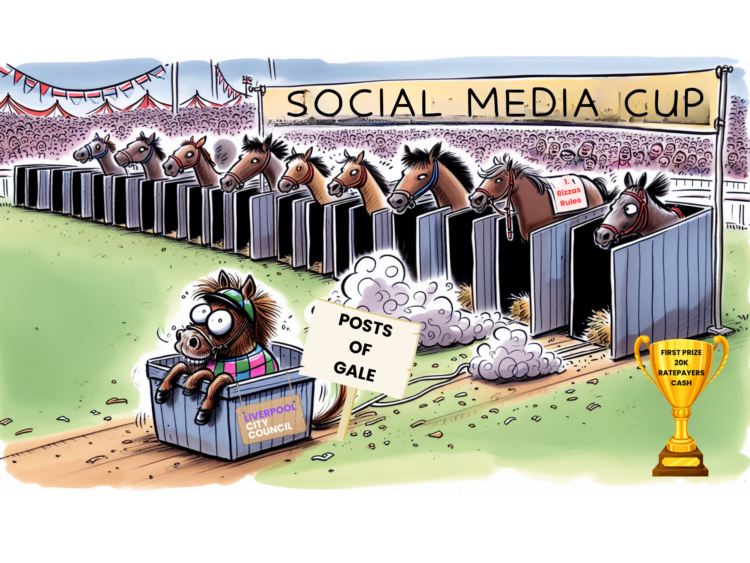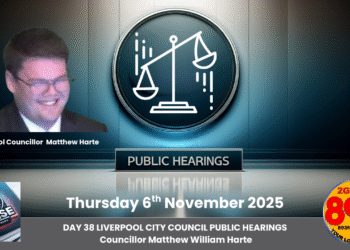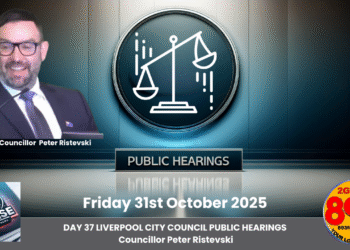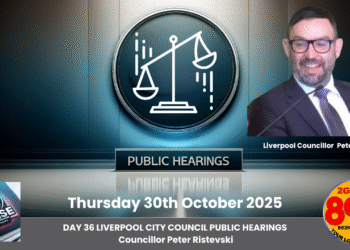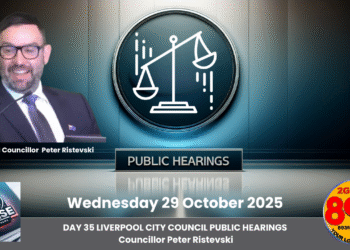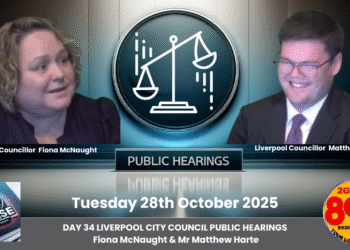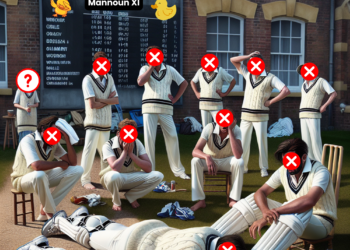“It’s like turning up to the Melbourne Cup expecting to win with a Shetland pony.”
Liverpool City Council’s newly introduced Media Policy 2025 was passed at last week’s Council meeting and has been touted as a step towards greater professionalism and accountability in media engagement. However, critics argue that the policy fails to address the core issues plaguing the Council’s media practices and may, in fact, be little more than a cosmetic fix.
The policy, which was adopted without a public exhibition period, has drawn criticism for its lack of transparency and practical effectiveness. While the Council claims the changes are designed to streamline communication and reduce misinformation, many believe the policy is more about controlling the narrative ahead of upcoming public hearings and addressing internal issues, such as a growing number of over 100 Code of Conduct complaints which can cost as much as $15,000 each to resolve, totalling an expense to ratepayers of potentially over 1 million dollars, based on current numbers.
An Important Missed Opportunity for Public Feedback
One of the most contentious aspects of the new policy is the removal of the 28-day public exhibition period,which would have allowed community members and stakeholders to provide feedback on the proposed changes. During an interview on 89.3FM’s The Pulse, Deputy Mayor Peter Harle was asked why he supported the removal of this critical step in the process. You can listen to the full interview here.
While Councillor Harle’s responses may have shed some light on the decision, the broader takeaway is clear: the lack of public consultation has left many feeling alienated and frustrated.Without input from the community, key issues—such as the need for a verified account process on social media—have been entirely overlooked.
Defamation and the Narrative Problem
Critics of the policy argue that it is primarily aimed at addressing two issues:
- Defamatory Comments by Councillors:
With Code of Conduct complaints reportedly exceeding 100, the Council appears to be tightening its rules to ensure that Councillors do not make defamatory or damaging statements in public forums. However, as critics point out, this approach is reactive rather than proactive. It does little to address the root causes of these complaints or to foster a culture of respect and accountability within the Council. - Controlling the Narrative Ahead of Public Hearings:
The timing of the policy’s introduction has raised eyebrows, with some suggesting that it is designed to manage public discourse in the lead-up to the highly anticipated public hearings. By centralising control over media engagement, the Council may be attempting to limit dissent and ensure that its messaging remains consistent. However, this approach risks stifling open dialogue and further eroding public trust.
A Policy That Ignores Practical Realities
One of the most glaring omissions in the new policy is any mention of a verified account process for Councillors on social media. In an era where misinformation and impersonation are rampant, verification is a basic yet essential tool for ensuring authenticity and accountability. As one critic noted:
“Anyone can set up Facebook accounts anonymously to make them look like they belong to Councillor Peter Ristevski, for instance.
Council would need to prove it in each case, which is practically impossible and certainly not in the scope of Council or a sensible use of Police resources.”
This oversight highlights a fundamental flaw in the policy: it focuses on controlling what Councillors and staff say, rather than addressing the broader challenges of misinformation and impersonation in the digital age. By failing to incorporate practical measures like account verification, the policy is unlikely to achieve its stated goals.
A Cosmetic Fix for Deeper Problems
The new Media Policy has been likened to “turning up to the Melbourne Cup expecting to win on a Shetland pony.” While it may create the appearance of reform, it does little to address the deeper issues facing Liverpool City Council. Without mechanisms to verify the authenticity of Councillors’ social media accounts or to foster genuine public engagement, the policy is unlikely to result in meaningful change.
As one observer put it,
“Maybe if the policy was open to public feedback, then essential feedback like this could have been included. Instead, we’re left with a document that feels more like a PR exercise than a genuine attempt to improve media practices.”
Who’s Responsible?
While many have expressed frustration with Councillors like Peter Harle for supporting the policy without public exhibition, the real responsibility appears to lie with the Council staff who drafted it. The lack of foresight and consultation in its development has left many questioning whether the policy is actually in any way fit for purpose.
The Way Forward
If Liverpool City Council truly wants to improve its media practices, it needs to go beyond surface-level changes and address the systemic issues at play. This includes:
- Implementing a Verified Account Process: Ensuring that all official Councillors’ accounts are authenticated to prevent impersonation and build trust.
- Encouraging Open Dialogue: Reinstating public exhibition periods for the media policy to allow for community input and transparency.
- Fostering a Culture of Accountability: Introducing full transparency around Code of Conduct complaints, including publicly identifying which Councillors are raising complaints and who they are being raised against. This would help the community understand the dynamics within the Council and ensure that complaints are not being used as a political tool or to stifle dissent.
Without these measures, the new Media Policy risks being little more than a symbolic gesture—one that fails to deliver the meaningful reform Liverpool’s community deserves.









